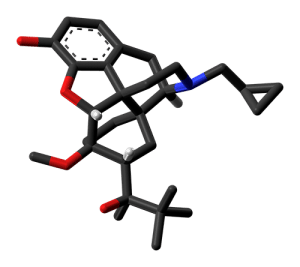
Learn more about Buprenorphine and its uses, side effects, and more.
Buprenorphine is a prescription drug primarily used to treat opiate addiction. Considered an opioid partial agonist, it can be administered in a doctor’s office or prescribed for home use as a prescription by patients who are being weaned off of opiate drugs to prevent severe withdrawal symptoms.
- It works by blocking the effects of more powerful opiates on nerves and receptors in the brain to reduce cravings and help restore a natural chemical balance.
- It is available under the brand name Subutex and as Suboxone when combined with naloxone, an opioid antagonist, to prevent misuse
CONTACT US TODAY
Uses
A semi-synthetic opioid derivative of thebaine, buprenorphine is usually used as part of addiction treatment for patients with a dependency on strong opiate drugs such as heroin and morphine. When administered at the proper dosage, buprenorphine often suppresses symptoms related to opioid withdrawal, decreases cravings, blocks effects of other opioid drugs, and helps those with a dependency on opiates remain in treatment. It may also:
- Reduce opiate-related opiates
- Minimize physical dependence
- Lower the potential for future misuse of opiates
Side Effects
Buprenorphine is not meant for use by individuals with a history of allergies or patients with chronic respiratory issues, brain-related disorders, and stomach problems. Due to the chemical structure of buprenorphine, any related side effects are often minimal or mild. Such symptoms sometimes include drowsiness, fatigue, dizziness, and constipation. Blurred vision, blue fingernails or skin, and difficulty breathing are some of the potentially serious side effects associated with buprenorphine. As Suboxone with naloxone, side effects may include:
- Numbness or tingling
- Difficulty concentrating
- Mouth pain or numbness
- Vomiting or stomach pain
Tolerance and Dependence

Withdrawal Symptoms
If dependence or a tolerance to buprenorphine develops at some point, patients may be taken off the drug. If this is the case, withdrawal symptoms may be experienced from both the buprenorphine and any other opiates still in a patient’s system at the time. Withdrawal symptoms specific to buprenorphine may include:
- Loss of appetite
- Increased cravings
- Leg restlessness
- Mood swings or irritability
- Aches and pains
- Sweating
It is possible for buprenorphine to be abused by patients who are not in a treatment program. If this is the case, side effects may be more substantial since it’s difficult to self-administer this type of drug correctly. Even when in treatment, too much or too little buprenorphine can produce related side effects. In general, buprenorphine has a lower risk of addiction, abuse, and side effects than full opioid agonists.


